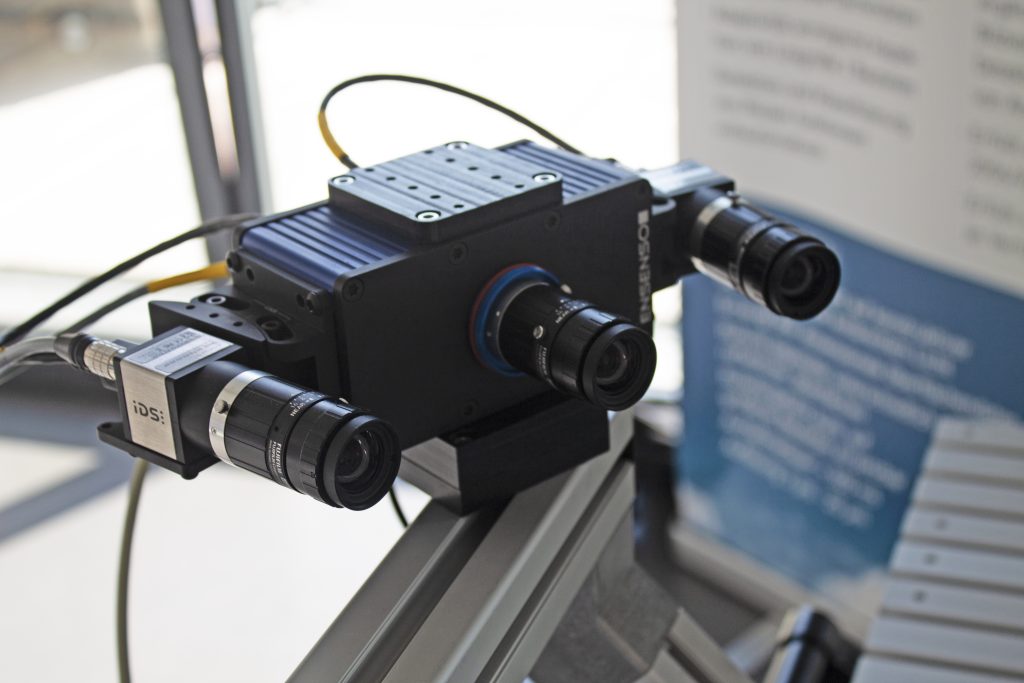

3D metrology locates points on an object in 3D space, thereby giving information about the distances between all those points. In other words, the benefit of 3D metrology is that it allows you to construct a 3D model of an object, so that individual length measurements can be related to each other. Such a model provides rich information about size and form.
For assembly and manufacturing settings, full co-ordinate definition of parts is essential. One reason for the necessity of 3D information is that design is increasingly conducted in a 3D environment (through CAD), so it is very important that measurement also operates in 3D. This course explores the principles and equipment associated with portable 3D metrology.
This course consists of five modules:
Learners who successfully complete the course and assessment will receive an NPL Certificate of Completion.